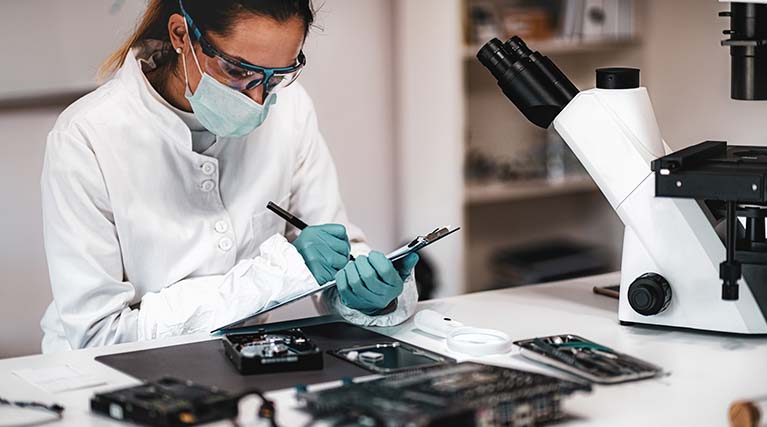Computer Science for Forensics: An Introduction
Computer Science for Forensics: An Introduction
Forensic science has been the backbone of criminal investigations for decades, helping law enforcement agencies to identify suspects, gather evidence and reconstruct crime scenes. In recent years, computer science has become an integral part of the field, providing innovative tools and techniques for the digital investigation of crimes. In this article, we will explore how computer science is used in forensic investigations and why it has become such a critical component of modern forensic practices.

Digital Forensics
Digital forensics involves the preservation, collection, examination, analysis and presentation of electronic data to assist in criminal investigations. The field encompasses various aspects of computer science, including data recovery, network analysis, and cryptography, among others. Computer scientists work with law enforcement agencies to recover data from digital devices, such as computers, smartphones, and other electronic devices. This data may be used to build a case against a suspect or to exonerate an individual.
Data Recovery
Data recovery is the process of retrieving deleted, damaged or inaccessible data from a digital device. This can be achieved through a variety of methods, including disk imaging, data carving, and the use of specialized software. Data recovery is a crucial step in digital forensics because it can uncover hidden information that may not be immediately visible to investigators. In some cases, deleted data can be recovered even after a device has been wiped clean, providing a wealth of information for investigators.
Network Analysis
Network analysis is another critical component of digital forensics. It involves the examination of data transmitted over a network, such as the Internet, to identify patterns of behavior and track the movements of suspects. This can be done through the use of specialized software, such as network analyzers and intrusion detection systems, which monitor network traffic and alert investigators to suspicious activity. Network analysis can be used to track the origin of a cyber attack, determine the source of malicious software, and identify the individuals responsible for a crime.
Cryptography
Cryptography is the science of encoding and decoding information. In forensic investigations, cryptography is used to protect sensitive information and to uncover encrypted data that may be used to support a criminal case. Cryptography is an important tool for law enforcement agencies because it allows them to access data that may otherwise be difficult or impossible to retrieve.
Conclusion
In conclusion, computer science plays a critical role in modern forensic investigations, providing law enforcement agencies with innovative tools and techniques for the digital examination of crimes. From data recovery to network analysis and cryptography, computer science provides forensic specialists with the necessary tools to solve complex crimes and bring suspects to justice. As technology continues to evolve, the role of computer science in forensic investigations will only become more important, making it an exciting and challenging field for computer scientists and forensic specialists alike.
